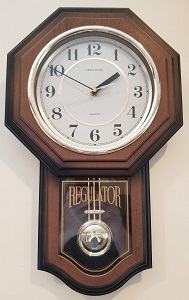
Photo credit: jb
Yet another point that you need to keep in mind as you plan your Roth IRA conversion strategy is the timing of the activities. This is especially true when you have after-tax contributions to your IRAs in addition to the growth on those contributions and the typical deductible contributions. As you’ll see below, in some circumstances it can make a big difference in how much tax you’ll have to pay…
Timing Examples
Example 1. You have an IRA worth $100,000, of which $50,000 is after-tax contributions, $20,000 is deductible contributions, and $30,000 is growth on your contributions. This is the only IRA that you own (which is a key fact, since the IRS considers all IRAs together when determining the taxability of distributions).
You have decided that you’d like to convert $40,000 to a Roth IRA. When you do so, half of the amount converted ($20,000) will be taxable and the other half non-taxed, since you have after-tax contributions amounting to $50,000 of the total account value of $100,000.
Simple enough, right? Okay, let’s complicate it…
Example 2. Same circumstances as in Example 1, except that you also have a 401(k) plan worth $100,000, all deductible contributions – and you’ve just retired. You decide at your retirement that you’d like to rollover the 401(k) to an IRA – you never liked the restrictive investment options available in that old 401(k) plan anyhow.
As in the first example, you want to convert $40,000 to a Roth IRA this year. (Here comes the timing part)
IF you convert the $40,000 to your IRA BEFORE (not during the same tax year) you rollover the 401(k), you will only be taxed on $20,000 of the conversion, just like example 1.
HOWEVER (and there’s always a however in life, don’t ya know) – if you rollover the 401(k) first (or during the same tax year) and then convert the $40,000 to Roth, you will be taxed on $30,000 of the conversion. This is because, now that you’ve rolled over the 401(k) plan, you have IRAs worth $200,000, of which only 25% ($50,000) is after-tax contributions… therefore, only 25% of the conversion distribution is tax-free, and the remaining 75%, or $30,000, is taxable.
To avoid this situation, you should wait until after the tax year of the conversion before doing the rollover of the 401(k) plan.
So – there you have it. Timing is very important indeed…